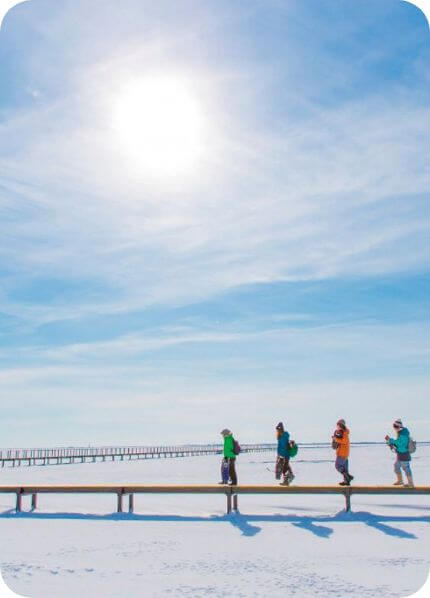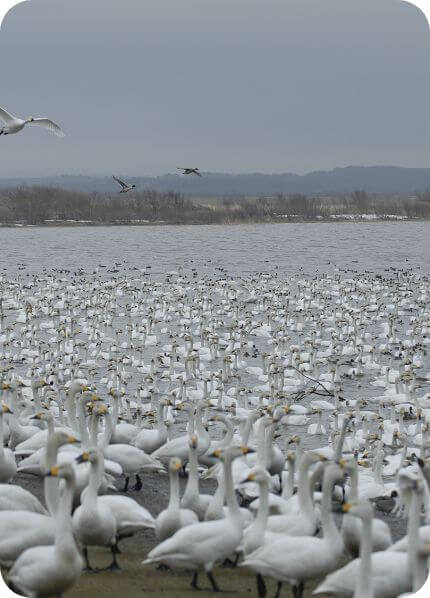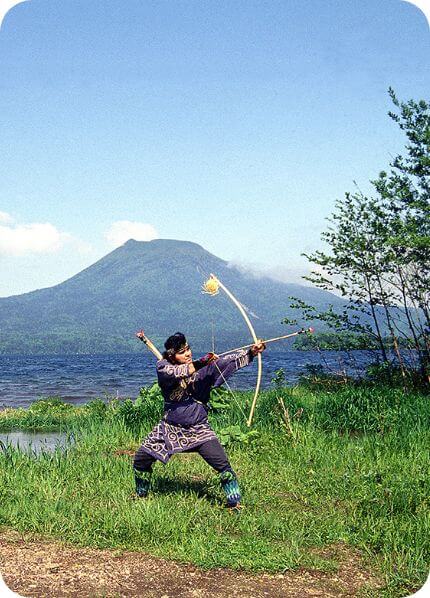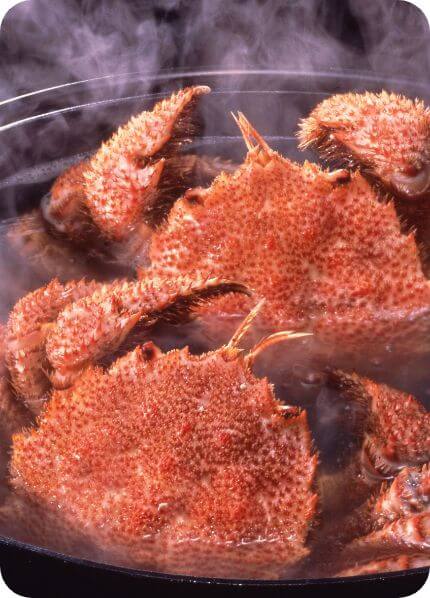GREEN SEASON
place: Shiretoko
Hokkaido has a mild and refreshing climate through the summer and fall, making it the perfect base for adventure travel. From trekking and cycling to fishing and canoeing, the area offers a rich variety of recreational activities that allow you to connect with nature.
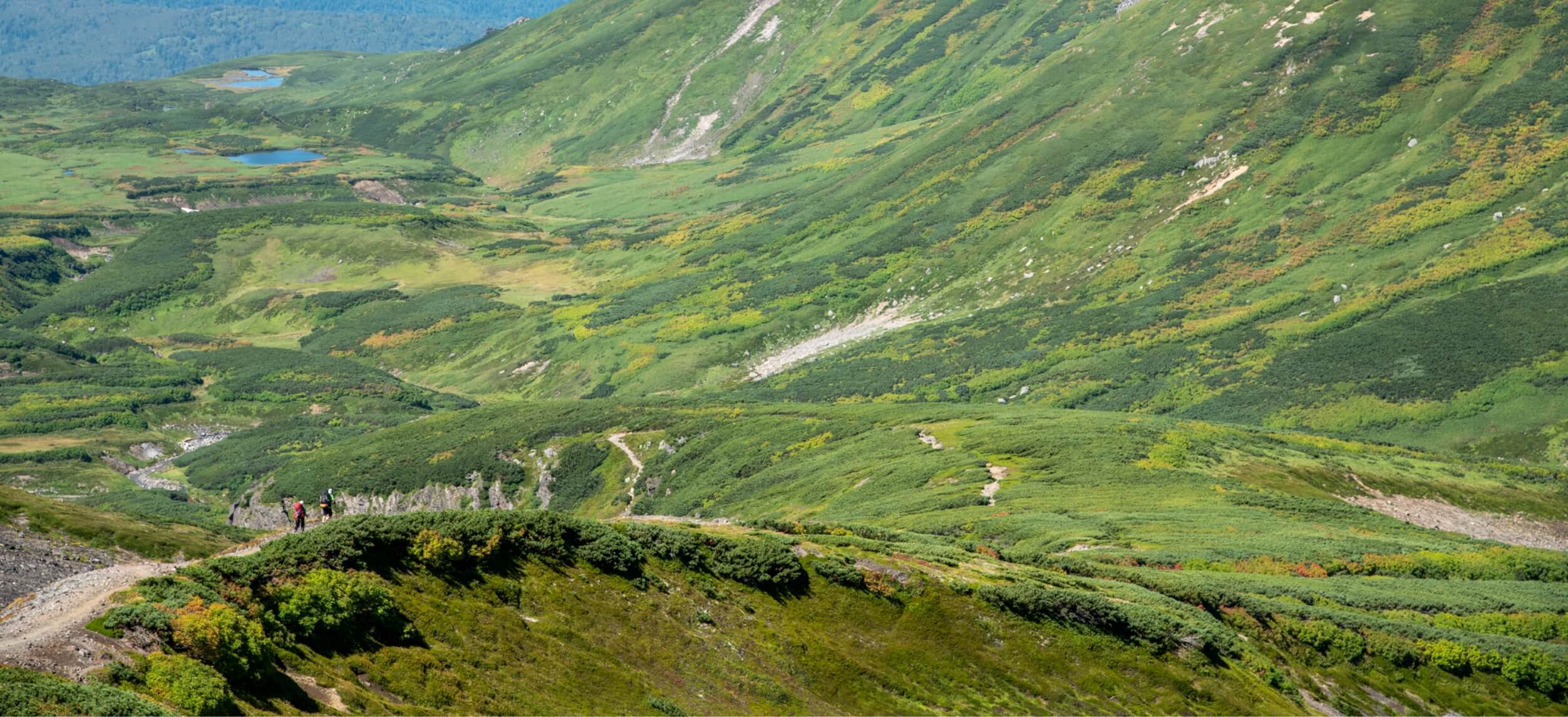
Cycling and Trekking in the Great Outdoors
Whether you want to scale a mountain or enjoy a casual hike, Hokkaido’s green season is the best time to explore nature. Venture to the summit of Hokkaido’s highest peak, Mount Asahidake (2,291 m), located near the center of the island in Daisetsuzan National Park. The area is popular for its lush summer greens and brilliant fall colors. If you are a beginner you may opt to hop on the ropeway that carries passengers halfway up the mountain.
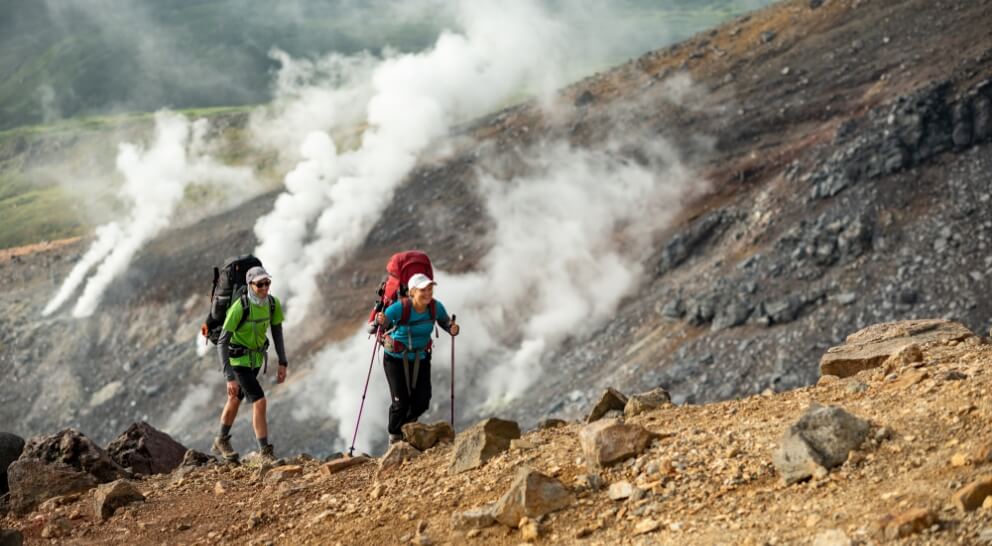
Hokkaido’s high latitude means that visitors can observe alpine plants at altitudes of less than 1,000 meters. The trails of Rebun Island, the northernmost island in Japan, is colored with beautiful flowers from June through August. Other notable nature-packed trekking spots are Shiretoko, a World Natural Heritage Site, and Japan’s largest wetland and Ramsar site, Kushiro Marsh.
Hokkaido is also the largest breeder of horses in Japan and you can enjoy horseback trekking in spots like Niseko or Lake Kussharo, the largest caldera lake in Japan. Another great way to enjoy the scale and dynamic nature of the region is cycling. Most of the roads are flat, so you can cycle at your own pace as you traverse spectacular landscapes. Thrill-seekers can zoom through the forested shores of Lake Toya or Lake Akan on a mountain bike.

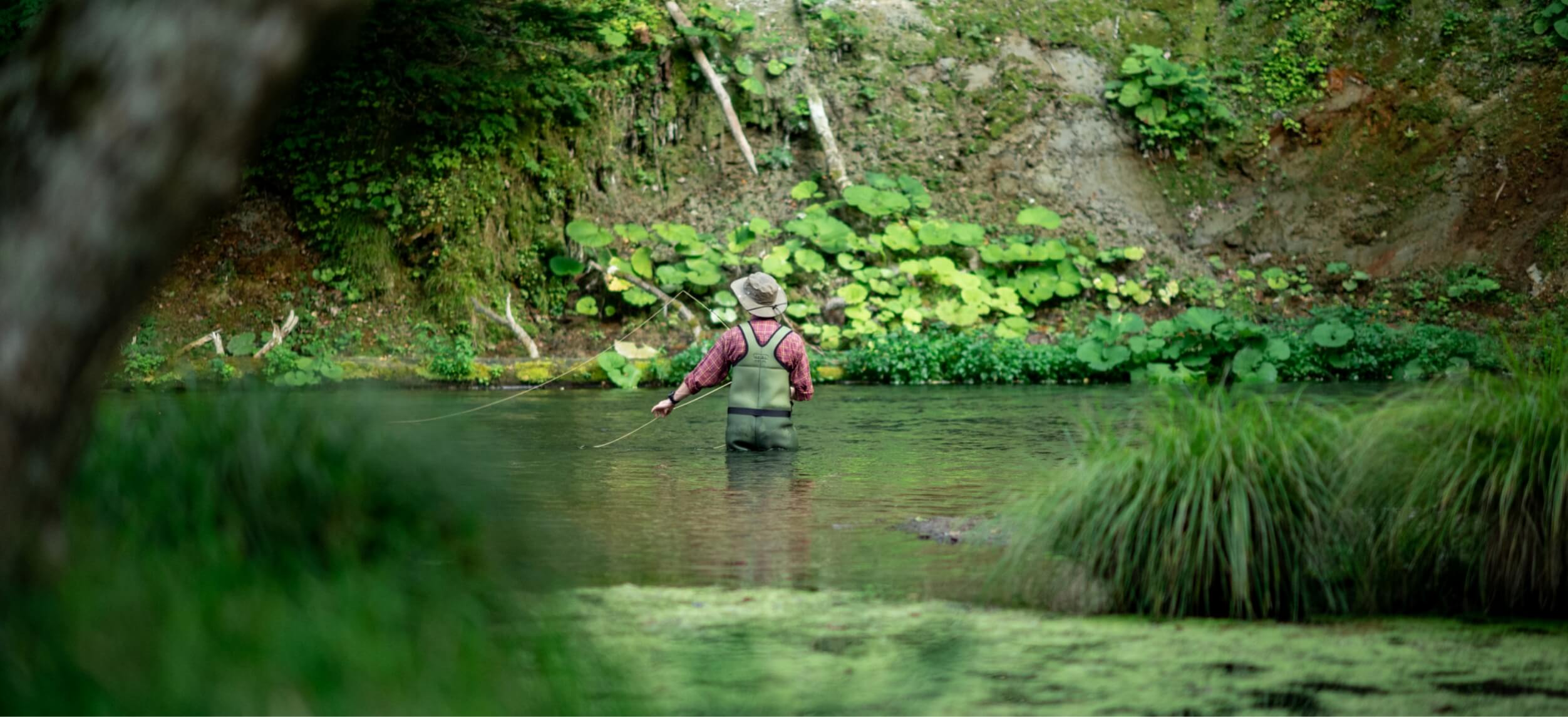
Discover the Charms of Fishing and Marine Sports
Dotted with crystal-clear rivers and lakes, Hokkaido is a fisher’s dream come true. Lake Akan and the Akan River in the east are treasure troves for wild trout species like rainbow trout, white-spotted char, kokanee, and char. Note that in Japan, it is forbidden by law to fish for salmon and trout that have migrated upstream, but the Churui River in Shibetsu is a special spot where you can fish for salmon from August to November (a paid license is required).
One of Hokkaido’s best-kept secrets is the brilliant waters surrounding the Shakotan Peninsula in southwestern part of the island. The beautiful gradations of emerald green and cobalt blue have been nicknamed “Shakotan blue,” and the crystal-clear waters are perfect for marine activities like snorkeling, sea-kayaking, and diving.
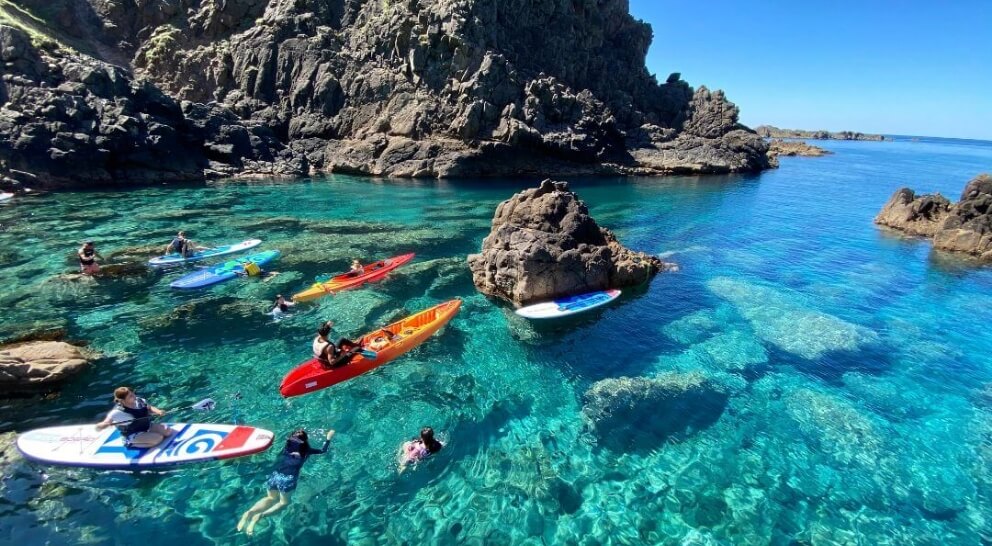
Okushiri Island, also in the Sea of Japan, is another remote island with a wide variety of marine activities. The clear waters of Okushiri Island, one of the clearest in Hokkaido, are known as "Okushiri blue," and there are a wide variety of activities such as SUP, kayaking, surfing, and fishing. Particularly SUP and kayaking allow visitors to view the island from a different angle than usual. In fishing, you can catch fishes such as Okhostk Atka mackerel, Black Rockfish, Lingcod, Flatfish, and squid.

Rafting and Canoeing in Hokkaido’s Pristine Waters
Canoeing is a great way to experience Hokkaido’s natural landscapes—you can sail along the pristine lakes or slow-flowing rivers at a leisurely pace. The area is packed with picturesque canoeing spots, such as Kushiro Marsh and the Kushiro River, Lake Toya, a mountain-encompassed lake located just two hours from Sapporo, and Onuma Marsh, a wetland dotted with small islands. Take in views of the verdant surroundings in the summer and the vibrant hues in the autumn as you drift along the waters at an unhurried pace.

For a thrill-packed adventure, opt for rafting. Rafting tours are available from spring to autumn, but it’s particularly exciting in the spring when melt snow causes surges in the volume of water. Popular spots include the Sorachi River in Furano surrounded by unspoiled nature, the Shiribetsu River in Niseko, which offers beautiful views of Mount Yotei and idyllic rice fields, and the Tokachi River, which flows with a high volume of water throughout the seasons, making it a sensational rafting spot.
- HOME
- Adventure Travel in HOKKAIDO
- Green Season



